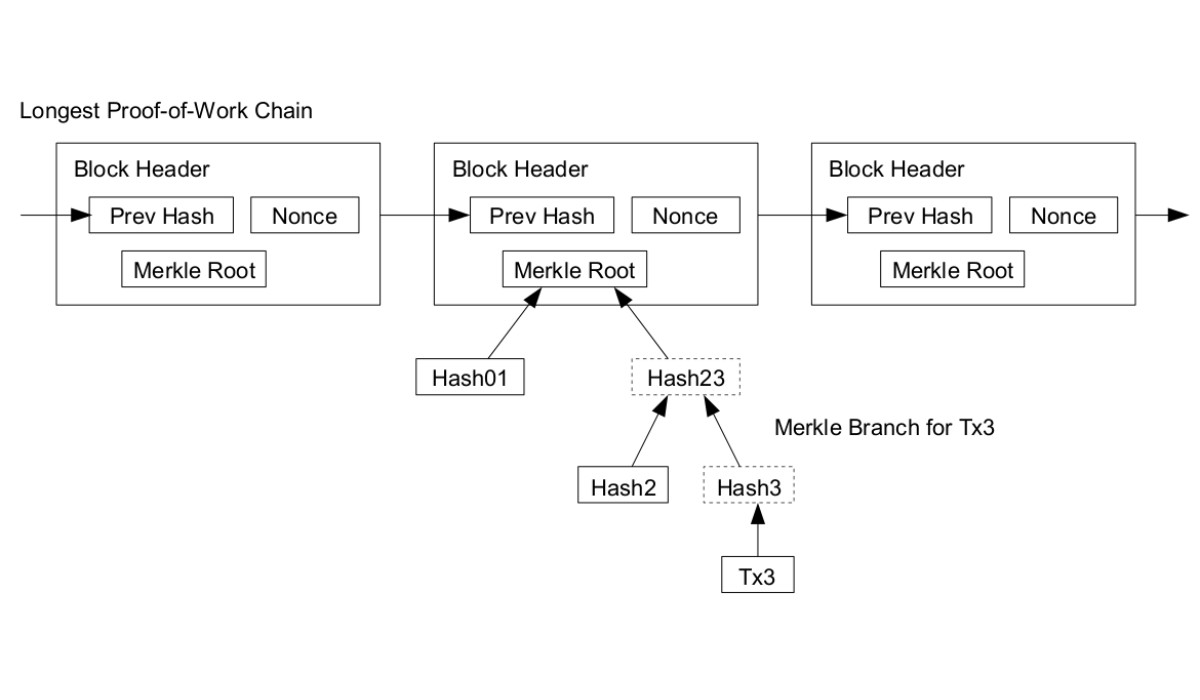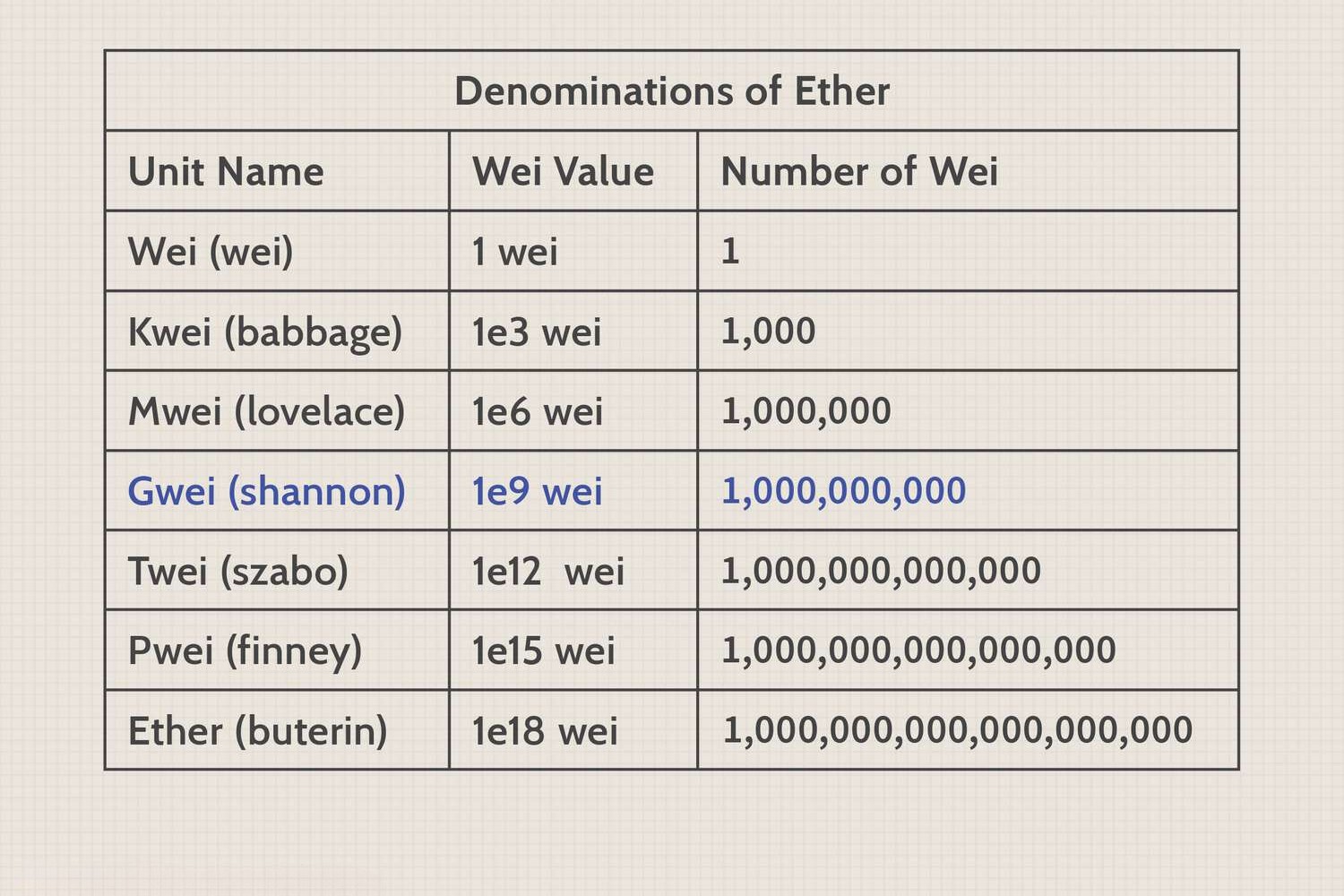Introduction
Welcome to the world of Ethereum! In this article, we will delve into the fascinating realm of Ethereum blocks and explore the intriguing question of how many Ethereum are generated in each block. If you’re new to the world of cryptocurrency or looking to expand your knowledge, you’ve come to the right place.
Ethereum, abbreviated as ETH, is a decentralized blockchain platform that enables developers to build and deploy smart contracts and decentralized applications (DApps). It was created by Vitalik Buterin in 2013 and has gained tremendous popularity due to its versatility and wide-ranging potential use cases.
At its core, Ethereum operates on a blockchain, which is a distributed ledger maintained by a network of computers, without the need for a central authority. This decentralized nature ensures the security and immutability of transactions on the Ethereum network.
Every transaction that occurs on the Ethereum network is grouped into blocks. But what exactly is a block? In simple terms, a block is a collection of transactions that are bundled together and added to the blockchain. These blocks serve as the building blocks of the Ethereum network, providing a chronological record of all transactions.
Now, let’s move on to the heart of our discussion: how many Ethereum are generated in each block? The answer to this question is not as straightforward as it may seem. The process of generating new Ethereum, known as mining, involves solving complex mathematical problems to secure the network and validate transactions.
To incentivize miners to contribute their computing power to the network, Ethereum uses a reward system. Miners who successfully mine a block are rewarded with a certain number of newly minted Ethereum. This reward serves as a motivation for miners and helps maintain the integrity and security of the Ethereum network.
So, how exactly are Ethereum allocated in a block? The number of Ethereum generated in each block is not fixed and has undergone several changes since its inception. Initially, the block reward for mining a block was set at 5 Ethereum per block. However, with various updates and changes to the Ethereum protocol, this block reward has been adjusted over time.
In the next section, we will explore the factors that influence the number of Ethereum generated in a block. Understanding these factors is crucial to comprehending the dynamics of Ethereum mining and the overall supply of Ethereum in circulation.
What is Ethereum?
Ethereum is a decentralized blockchain platform that serves as the foundation for a wide range of applications and services. Launched in 2015, Ethereum is not just a cryptocurrency but also a powerful platform that enables developers to create and deploy smart contracts and decentralized applications (DApps).
At its core, Ethereum operates on a blockchain, which is a distributed ledger maintained by a network of computers, known as nodes. Unlike traditional centralized systems, Ethereum does not rely on a single governing authority, making it a decentralized and transparent platform.
While Bitcoin introduced the concept of a decentralized digital currency, Ethereum expanded on this innovation by introducing smart contracts. Smart contracts are self-executing contracts with predefined rules and conditions written into their code. They automatically execute transactions and agreements when specific conditions are met.
One of the key features of Ethereum is its Turing-complete programming language, known as Solidity. This language allows developers to write complex logic and execute arbitrary computations within smart contracts. This flexibility opens up a wide range of possibilities, enabling the creation of decentralized applications across various industries.
Ethereum also introduced the concept of ERC-20 tokens, which are standardized tokens built on the Ethereum blockchain. These tokens can be used to represent digital assets, perform fundraising through Initial Coin Offerings (ICOs), and facilitate transactions within decentralized applications.
Another important aspect of Ethereum is its consensus mechanism. Ethereum initially used a proof-of-work (PoW) consensus algorithm, similar to Bitcoin. However, it has been in the process of transitioning to a proof-of-stake (PoS) algorithm, known as Ethereum 2.0. PoS aims to make the network more scalable, energy-efficient, and secure.
Overall, Ethereum has played a pivotal role in revolutionizing the blockchain space, providing developers with a powerful platform to build decentralized applications and smart contracts. Its robust ecosystem, innovative features, and thriving community make it one of the most widely adopted and influential blockchain platforms in the world.
What is a Block in Ethereum?
At the core of Ethereum’s blockchain infrastructure lies the concept of blocks. A block can be thought of as a container that holds a collection of transactions and other important pieces of information within the Ethereum network.
Each block in the Ethereum blockchain contains a unique identifier called a block hash, a timestamp indicating when the block was created, a reference to the previous block, and a set of transactions that are grouped together. These transactions can involve the transfer of Ethereum, the execution of smart contracts, or the creation of new tokens.
The block hash, generated through a cryptographic process, serves as a unique identifier for each block in the chain. It ensures the immutability and security of the blockchain, as any attempt to modify the contents of a block would result in a different block hash.
Furthermore, each block in the Ethereum blockchain is linked to the previous block through a reference called the previous block hash. This creates a chronological order of blocks, forming a continuous chain known as the blockchain. This chain of blocks acts as a historical record of all transactions and activities within the Ethereum network.
Blocks in Ethereum are not created instantaneously or by a single entity. Instead, the process of block creation, known as mining, involves a network of participants called miners. Miners contribute their computational power to solve complex mathematical problems, with the goal of being the first to solve the puzzle and mine a new block.
When a miner successfully mines a block, they broadcast it to the network, and other nodes verify its validity. This consensus mechanism ensures that every node in the network agrees on the state of the blockchain. Once a block is considered valid and accepted by the network, it is added to the blockchain, and the transactions within it become a part of the permanent record.
It’s important to note that the size of a block in the Ethereum blockchain is not fixed. The block size can vary based on the number of transactions included in it, the complexity of the smart contracts executed, and other factors. This flexibility allows the Ethereum network to adapt to changing demands and scale accordingly.
In the next section, we will explore the intriguing question of how many Ethereum are generated in each block and how they are allocated among the miners.
How Many Ethereum are Generated in Each Block?
The number of Ethereum generated in each block is not fixed and has undergone several changes since the inception of the Ethereum network. Initially, when Ethereum was first introduced, the block reward for mining a block was set at 5 Ethereum per block.
However, over the years, there have been updates and changes to the Ethereum protocol that have affected the block reward. These changes were made to ensure a stable and sustainable supply of Ethereum while adjusting for factors such as network security, inflation, and the transition to a proof-of-stake consensus algorithm.
One important milestone in Ethereum’s history was the “Byzantium” hard fork, which took place in October 2017. As part of this upgrade, the block reward was reduced from 5 Ethereum per block to 3 Ethereum per block. This reduction was implemented to address concerns regarding the inflation rate and to align Ethereum’s monetary policy with its long-term goals.
Another significant update came with the “Constantinople” hard fork, which occurred in February 2019. With this upgrade, the block reward was further reduced from 3 Ethereum per block to 2 Ethereum per block. The reduction aimed to further control the inflation rate and maintain a sustainable supply of Ethereum.
The upcoming transition to Ethereum 2.0, also known as Serenity, will introduce a proof-of-stake consensus algorithm instead of the current proof-of-work algorithm. This transition is expected to bring about significant changes in the Ethereum network, including the block reward system.
With Ethereum 2.0, the concept of block rewards will be replaced by validators receiving an annual percentage yield (APY) on their staked Ether. The APY will be determined by the total amount of Ether staked and the network’s performance. This shift away from block rewards is aimed at promoting a more energy-efficient and sustainable network.
It’s important to note that the exact details of Ethereum 2.0 and the specific APY rates are still being finalized and may be subject to further adjustments as the transition progresses. As Ethereum evolves, it’s expected that the block reward system and the allocation of Ethereum among miners will continue to adapt to the changing needs and goals of the network.
In the next section, we will explore how Ethereum is allocated in a block and the factors that influence the distribution of Ethereum among miners.
How are Ethereum Allocated in a Block?
The allocation of Ethereum in a block is an essential aspect of the mining process. When a miner successfully mines a block in the Ethereum network, they are rewarded with a certain number of newly minted Ethereum. This block reward serves as an incentive for miners to contribute their computational power and secure the network.
Prior to the transition to Ethereum 2.0, the block reward for mining a block in Ethereum was set at 2 Ethereum per block. However, it’s worth noting that this value is subject to change as the Ethereum network evolves and undergoes protocol updates.
In addition to the block reward, miners also receive gas fees as part of their rewards. Gas fees are transaction fees paid by users to execute smart contracts or transfer Ethereum. These fees are used to prioritize and incentivize miners to include specific transactions in their blocks.
Gas fees are determined by the complexity and computational resources required to execute a transaction on the Ethereum network. The more complex and resource-intensive a transaction is, the higher the gas fees associated with it. Miners have the option to prioritize transactions with higher gas fees, as it increases their potential earnings.
It’s important to note that the allocation of Ethereum in a block is not solely based on the block reward and gas fees. The Ethereum network also employs a system known as the uncle or ommer reward. This rewards miners for including blocks that were valid but not included in the main blockchain due to timing or propagation issues.
When a miner successfully mines a block, they broadcast it to the network. If another miner finds a valid block shortly after, they may not have received the broadcasted block yet. In this case, the second miner’s block becomes an uncle or ommer block, and they are rewarded a reduced amount of Ethereum as a consolation for their efforts.
The uncle reward serves a dual purpose: it incentivizes miners to continue mining even if they discover a block that is not on the main blockchain, and it helps to maintain network stability by ensuring that blocks are propagated efficiently across the network.
In summary, the allocation of Ethereum in a block includes the block reward, gas fees from transactions, and the uncle reward. Miners are motivated to mine blocks and include transactions with higher gas fees, as well as potentially earning rewards for including uncle blocks. This system promotes a competitive and incentivized environment within the Ethereum network.
In the next section, we will explore the various factors that can influence the number of Ethereum generated in a block and the overall dynamics of Ethereum mining.
Factors Affecting the Number of Ethereum in a Block
The number of Ethereum generated in a block is influenced by various factors, which can impact the overall dynamics of Ethereum mining. Understanding these factors is crucial for miners and participants in the Ethereum network. Let’s explore the key factors that affect the number of Ethereum in a block:
1. Block Reward: The block reward is the primary factor determining the number of Ethereum generated in each block. As mentioned earlier, the block reward was initially set at 5 Ethereum per block and has since been adjusted through protocol updates. These adjustments are made to control the inflation rate, maintain network security, and align with long-term goals.
2. Network Difficulty: The network difficulty is a measure of how difficult it is to mine a block. It is automatically adjusted by the Ethereum protocol to ensure that blocks are mined at a consistent rate, typically every 15 seconds. When the network difficulty is high, it requires more computational power to solve the mathematical puzzle and mine a block. Conversely, when the network difficulty is low, it becomes easier to mine blocks.
3. Mining Power: The mining power, also known as hash rate, refers to the computational power contributed by miners to the Ethereum network. The more mining power a miner or a group of miners has, the higher their chances of mining a block and earning the block reward. As more miners join the network or upgrade their mining equipment, the overall mining power increases, potentially impacting the number of Ethereum generated in each block.
4. Gas Fees: Gas fees play a role in determining the overall revenue generated by miners. Higher gas fees mean more transactions are being executed on the Ethereum network, leading to increased earnings for miners. The inclusion of transactions with higher gas fees in a block can affect the distribution of rewards among miners and impact the overall number of Ethereum generated in the block.
5. Protocol Updates: Protocol updates, such as the transition to Ethereum 2.0, can introduce significant changes to the Ethereum network and its mining dynamics. Updates can modify the block reward, change the consensus algorithm, and introduce new mechanisms for allocating rewards. Miners and participants need to stay informed about protocol updates to adapt their mining strategies accordingly.
It’s worth noting that the exact impact of these factors on the number of Ethereum generated in a block can be complex and interdependent. The Ethereum network is designed to maintain a balance between network security, scalability, and the distribution of rewards among participants.
Miners and participants in the Ethereum network must stay vigilant and adapt their strategies in response to changes in these factors. By understanding the dynamics of Ethereum mining and staying informed about protocol updates, participants can navigate the ever-evolving landscape of Ethereum mining successfully.
In the final section, we will summarize the key points discussed in this article and highlight the significance of Ethereum’s block generation and allocation process.
Conclusion
Ethereum’s block generation and allocation process form the backbone of the Ethereum network. Understanding how Ethereum blocks work and the factors that affect the number of Ethereum generated in each block is essential for miners, developers, and anyone interested in the Ethereum ecosystem.
We explored the concept of Ethereum and its role as a decentralized blockchain platform. Ethereum offers a powerful platform for creating and deploying smart contracts and decentralized applications, revolutionizing various industries with its wide-ranging potential.
Blocks in Ethereum serve as containers for transactions and other essential information within the network. Each block is linked to the previous block, creating a chronological chain known as the blockchain. Miners use their computational power to mine blocks, earning a block reward and gas fees for their efforts.
The number of Ethereum generated in each block is not fixed and undergoes adjustments over time. Factors such as the block reward, network difficulty, mining power, gas fees, and protocol updates all play a role in determining the number of Ethereum generated in a block.
As the Ethereum network evolves, it is transitioning to Ethereum 2.0, which will introduce a proof-of-stake consensus algorithm and change the dynamics of mining. These changes aim to make the network more scalable, energy-efficient, and secure.
With an understanding of Ethereum’s block generation and allocation process, participants can adapt their strategies, stay informed about network updates, and navigate the evolving landscape of Ethereum mining successfully.
Whether you’re a miner, developer, or simply curious about the world of Ethereum, the block generation and allocation process are key components that contribute to the functionality and success of the Ethereum network.
As the Ethereum ecosystem continues to grow and innovate, understanding the intricacies of Ethereum blocks will empower you to be a part of this exciting digital revolution.

























